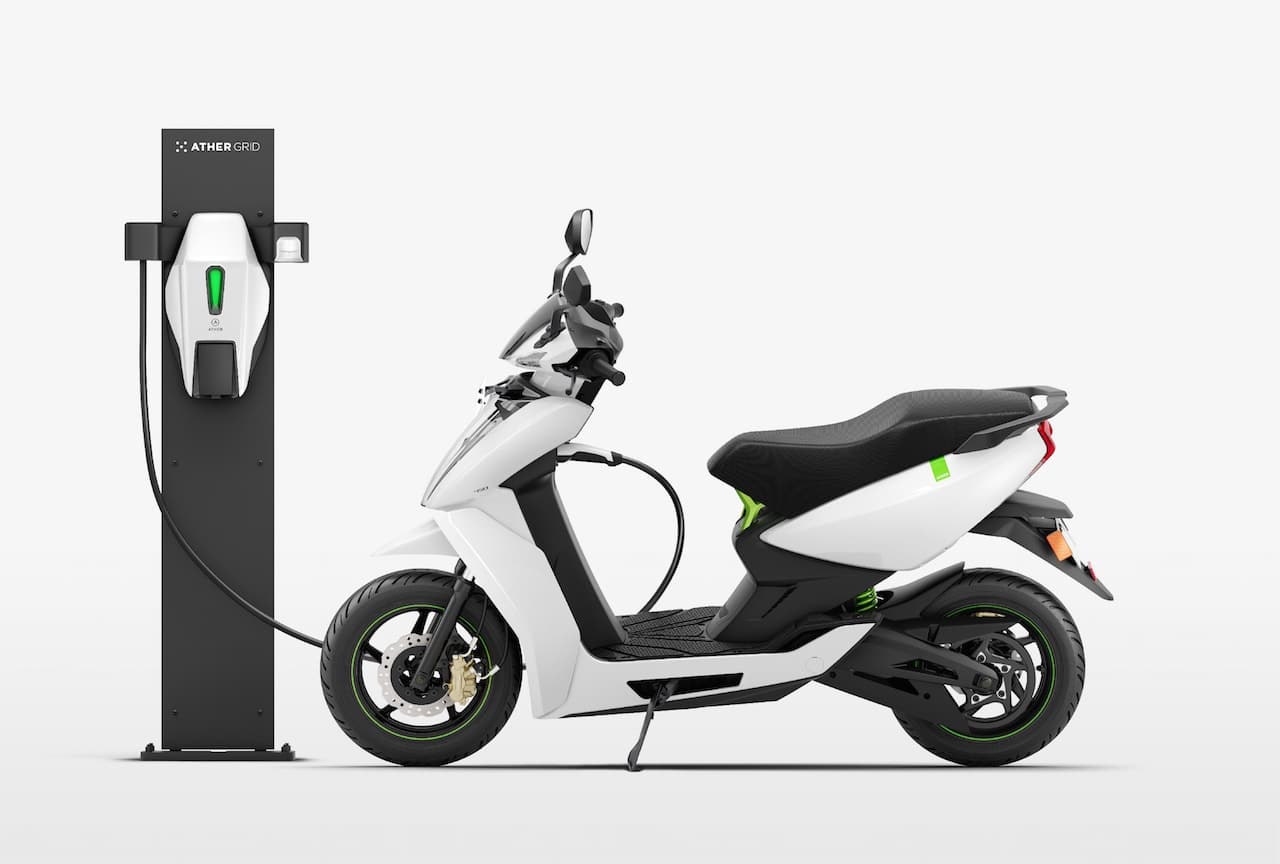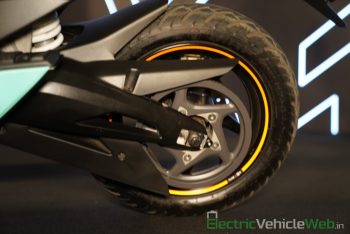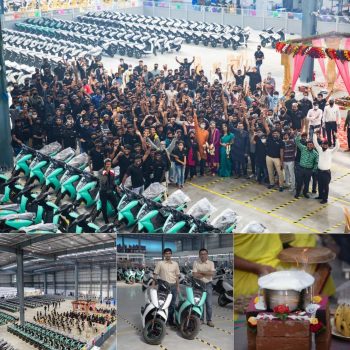Ather Energy began its journey in September 2018 to transform the way India commutes with the commercial launch of the Ather 340, and earlier this year the company began retailing the upgraded Ather 450 as it sole product. The company has openly discussed plans to expand its model lineup in the past but now is more vocal about what comes next.
Ravneet Phokela, Chief Business Officer, Ather Energy, told MoneyControl.com:
There will be another line of scooters for consolidating the scooter market, and then we move on to motorbikes. We will certainly build a motorbike. But that is still few years away, may be three-to-four years. The new line scooters will hit the market in about 12-18 months.
Phokela spoke about the price and the positioning of the second Ather model and given the current demand and where the market for volume scooters lie, it was always going to be tough for Ather to launch its second vehicle in a higher price segment (the Ather 450 is priced at INR 1.14 lakh on-road in Bengaluru) and show meaningful improvement to the numbers.
The new scooter will be one notch lower in price than the Ather 450 but certainly not a Rs 50,000 product. It will be a high performance, well designed and connected product, having a range of around 75 km to a full charge.
We expect the new model to cost a shade under INR 1 lakh and come with performance comparable to the Bajaj Chetak. The Chetak employs a 4 kW motor that gives it a 95 km range (company claimed) and a top speed of about 60 kmph, as compared to the 450 which uses a 5.4 kW motor which is good for a range of 75 km (company claimed) and a top speed of 80 kmph.
Ather’s first motorcycle, currently in the beginning stages of development, could be squarely aimed at Ultraviolette and products to follow from Bajaj, KTM and even Royal Enfield.
Back to the scooter, it would be interesting to watch how Ather is able to reduce the cost of its next vehicle and the features that it would have to delete or downgrade (such as the rear disc brake and maybe the 7-inch touchscreen) to meet a lower price point and differentiate it from the flagship 450.
One way Ather plans to achieve cost parity is increasing production capacity from about 40,000 units/annum to about 500,000 units/annum including the manufacturing of batteries by opening a new facility that is three-hours drive from Bengaluru, in the future. It plans to install one charging station for every 2 km in the cities that it sells products in, and currently has one every 4 km in its home market of Bengaluru.



![Ather 450X delivery updates shared for all cities across India [Update]](https://electricvehicleweb.com/wp-content/uploads/2020/10/Ather-450X-front-three-quarters-test-ride-350x233.jpg)